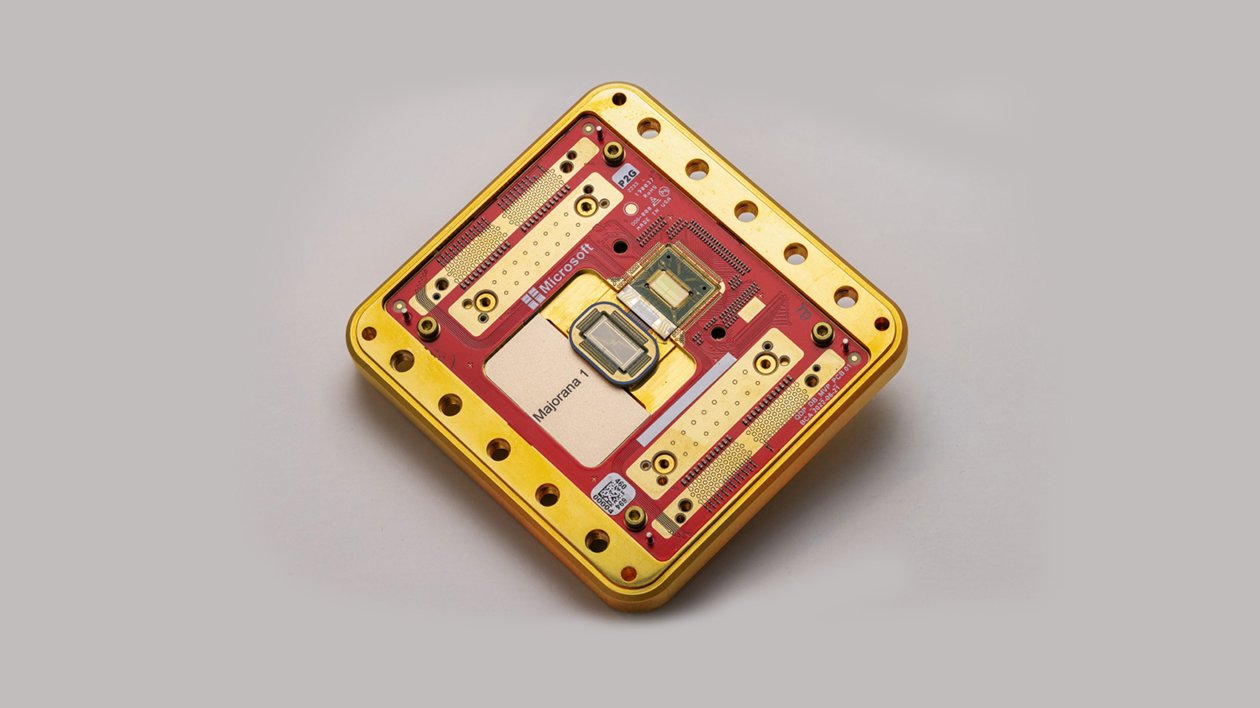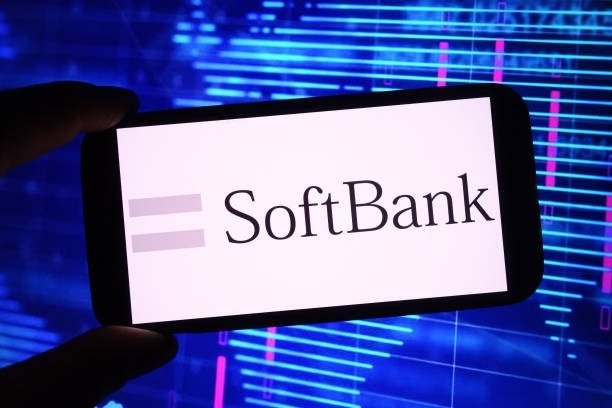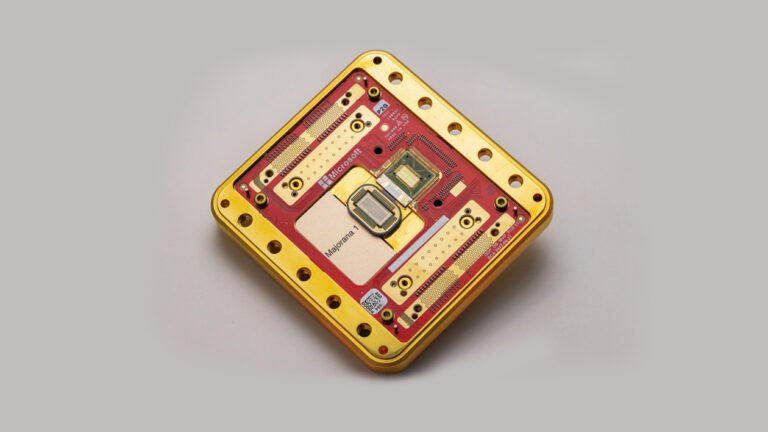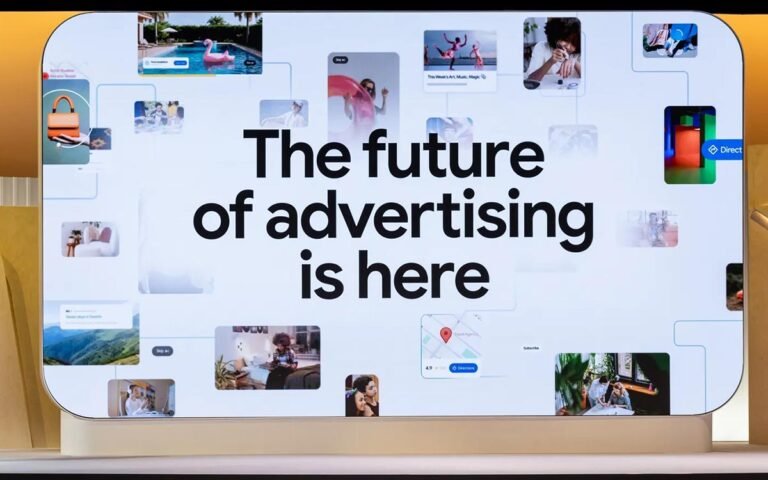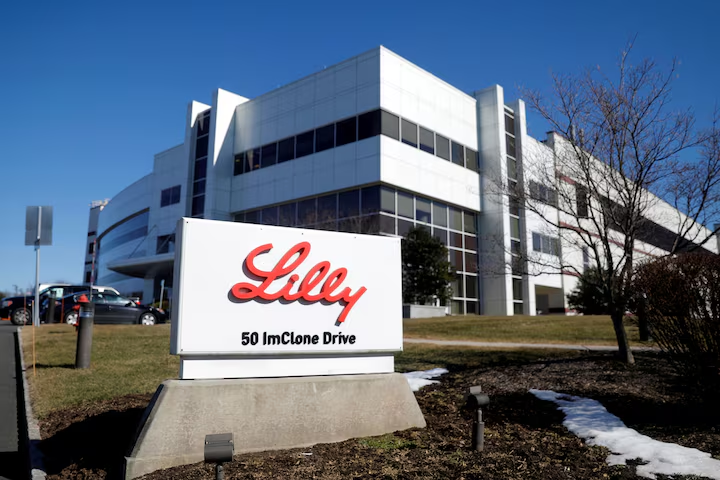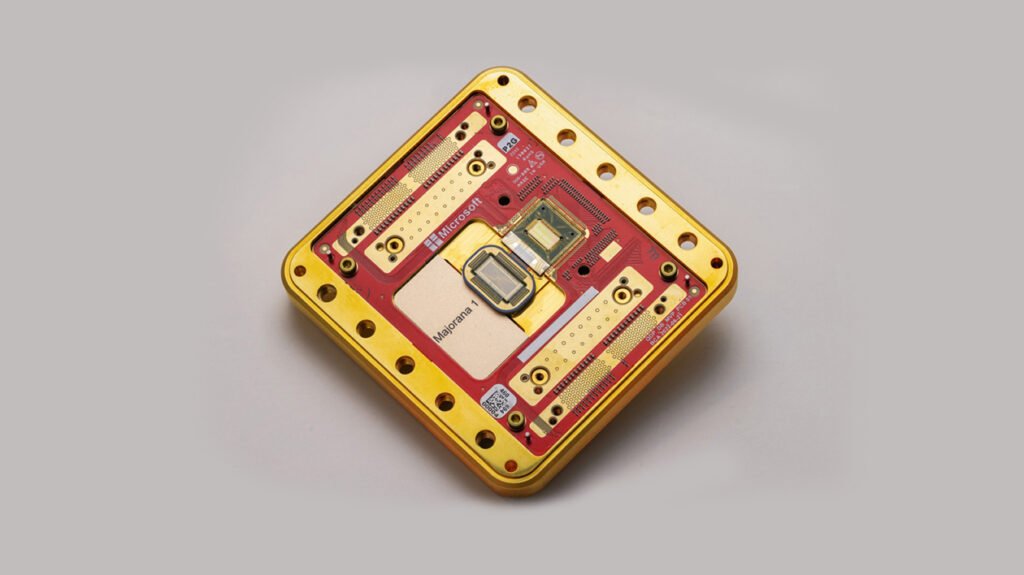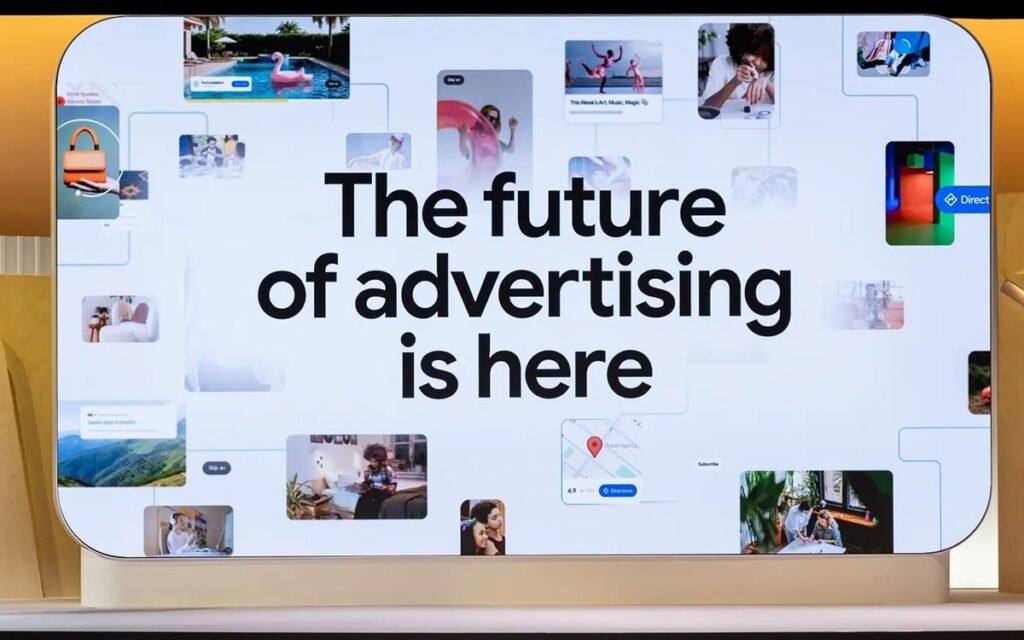The global race to build a practical quantum computer is heating up. At the forefront of this competition, Microsoft has unveiled a significant innovation: its new quantum chip, “Majorana 1.” This is not just another incremental step. In fact, this quantum processor is a major breakthrough that brings the world closer to a fault-tolerant, scalable quantum computer. The unique approach taken by Microsoft could ultimately leapfrog other existing technologies. It promises to solve some of the world’s most complex problems that are simply impossible for today’s most powerful supercomputers.
The creation of the Microsoft Majorana 1 chip is the culmination of decades of research. It represents a fundamental shift in how quantum computers are built. This innovation could have a profound impact on fields ranging from medicine and materials science to climate change and artificial intelligence.
What Makes Microsoft Majorana 1 Different?
The primary challenge in quantum computing is error correction. Quantum bits, or qubits, are incredibly fragile. They are highly susceptible to errors from environmental noise. This means a huge number of physical qubits are needed to create just one stable, “logical” qubit. Consequently, this requires massive systems and complex engineering.
Microsoft’s approach is different. It’s based on a concept called “topological quantum computing.” This method uses a new class of materials called “topoconductors.” These materials can create exotic particles known as Majorana zero modes. Essentially, these particles are their own antiparticles. Because they are topologically protected, they are inherently more stable and less prone to errors. This significantly reduces the need for extensive error correction. For this reason, the Microsoft Majorana 1 chip is seen as a major paradigm shift.
How a Fault-Tolerant Quantum Chip Works
The Microsoft Majorana 1 chip integrates these unique topological qubits with surrounding control electronics. This compact design fits in the palm of a hand. Unlike traditional analog methods used by competitors, Microsoft’s approach uses digital control. This makes it easier to manage a large number of qubits. It provides a clear path to scaling the system to a million qubits. This is a critical threshold for achieving “quantum advantage”—the point where a quantum computer can solve real-world problems that classical computers cannot.
This built-in error protection is a key advantage. It means less overhead and a more streamlined system. The result is a more reliable and scalable quantum computer. This innovation could dramatically accelerate the timeline for practical quantum computing from decades to just a few years.
The Real-World Impact of This Breakthrough
The implications of the Microsoft Majorana 1 chip are enormous. It could revolutionize scientific research and solve some of humanity’s biggest challenges. For example, it could model complex molecules to speed up drug discovery. This could lead to new treatments for diseases like cancer and Alzheimer’s. The chip could also simulate new materials atom by atom, which could lead to innovations like self-healing materials for infrastructure or more efficient batteries.
In addition, it could help address climate change. For instance, it could optimize carbon capture processes or find catalysts to break down microplastics. This technology is not just for scientists. Ultimately, it will power the next generation of AI and cybersecurity. The U.S. Defense Advanced Research Projects Agency (DARPA) has already recognized this potential. They have selected Microsoft’s topological approach as one of two viable strategies for building functional quantum computers.
In conclusion, the Microsoft Majorana 1 chip is a monumental step forward in the quantum computing race. While still in its early stages, it offers a promising and fundamentally different path to a fault-tolerant quantum computer. This breakthrough could unlock unprecedented capabilities and help solve problems that were once considered impossible.
For more news and updates, please visit PFM Today.

